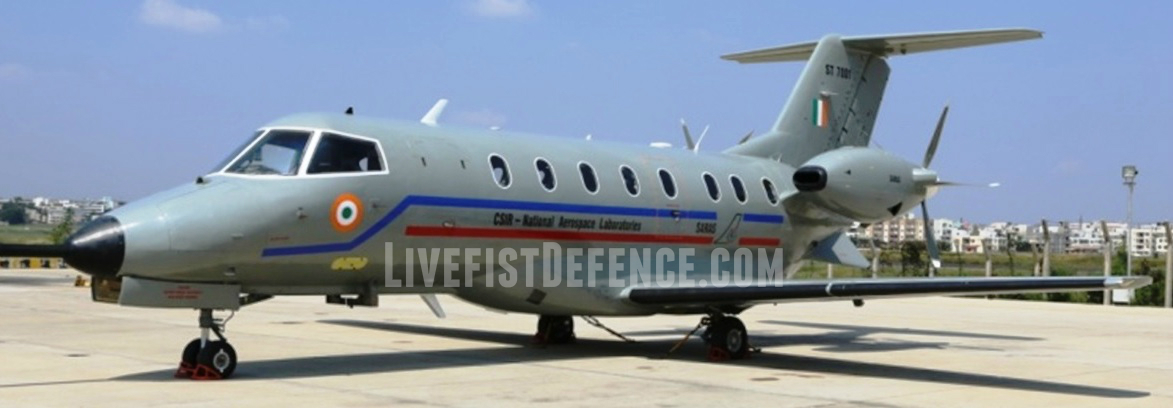NAL starts taxi trials of improved Saras
Saras, one of the first attempts at making small, short-haul planes in the country, is rolling on its wheels after eight years, warming up before it tests its wings again.
A modified prototype of the 14-seater transport aircraft started making low-speed taxi trials in early August. Air Force pilots have completed five runs of around 45 minutes each and will next move on to high-speed taxi tests, according to Jitendra Jadhav, Director, National Aerospace Laboratories, under the Council for Scientific & Industrial Research (CSIR).
Dr. Jadhav said, “We plan to fly the aircraft in the first week of October after the high speed taxi trials are completed. We made more than 10 modifications since the accident. The performance of the plane’s systems after the modification will be evaluated during the flights.”
About 25 flights are planned in the first set of the modified prototype, the PT1N, he recently told
The Hindu. By the end of 2019, NAL plans to fly a production-standard version for air-worthiness certification.
Except for minimum maintenance engine runs, the 14-seater aircraft has not taxied or flown since one aircraft version crashed near Bengaluru in 2009 killing all three crew members. In February this year, the Minister of Science & Technology — in whose purview NAL and other CSIR labs fall — said the government was intent on completing the plane’s development and making it flight worthy.
The revival activities started with five ground-runs of its two Pratt & Whitney engines followed by the taxi trials. A few more LSTTs [low speed taxi trials] are due.
The 10-odd modifications were made to make it more pilot-friendly, agile, or easy to control; and to enable it to fly higher. The final Saras is planned to be able to cover 1,600 km at a maximum speed of 425 kmph, have a service ceiling of 9-10 km and fly continuously for five hours.
Dr. Jadhav outlined the roadmap: "After the trial flights, the design configuration of Saras is targeted to be frozen by March 2018 as production standard. By then we should have reduced the weight and drag issues. We would have made improvements in avionics, glass cockpit, environment control systems, cabin pressure control systems and a few changes in flight control systems. We then go in for funding [from the government] for two limited series production vehicles and a static specimen.
"The current plan is that we start flying the LSPs by December 2019 for final certification," he said.
When ready, Saras, initiated in 1999 as a civil light transport plane, will first get certified for military use. The Indian Air Force has indicated a need for 15 of them. A civil variant is to follow.
Full-scale production is scheduled to be taken up in 2020 at the Kanpur facility of Hindustan Aeronautics Ltd - where HAL produces its Dornier-228 transport aircraft.
The project has used up around ₹ 500 crore. Dr. Jadhav said, "We need around ₹ 550-660 crore to produce two LSP versions. We will move the necessary papers after the first flight."
http://www.thehindu.com/news/nation...-trials-of-improved-saras/article19647155.ece







